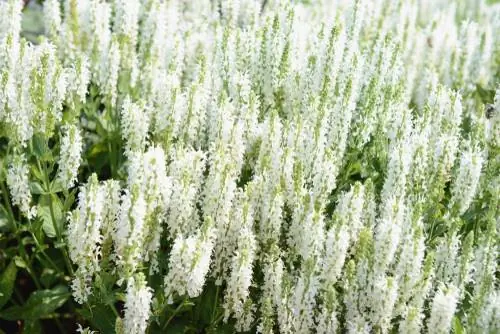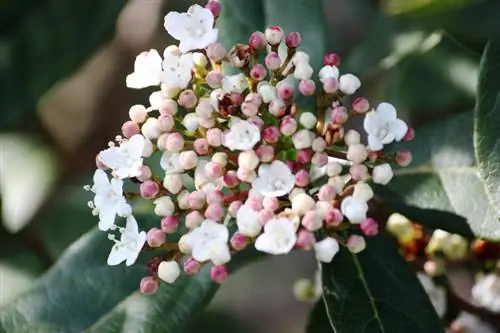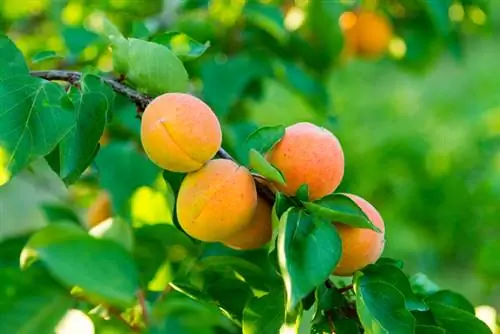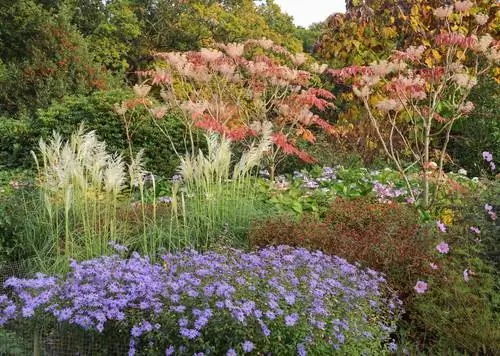- Author admin [email protected].
- Public 2024-01-05 20:48.
- Last modified 2025-01-23 11:21.
Sage comes in around 900 different species. A distinction is made between annual and perennial varieties, subshrubs and shrubs, as well as ornamental plants and medicinal plants.

What types of ornamental sage are there?
Answer: Popular varieties of ornamental sage are steppe or grove sage, Alba, Rosea, Caradonna, Viola Klose, Rosenwein, Schneekönig, Mainacht, Negrito, Pusztaflamme, Rügen and Wesuwe. These vary in colors, height and growing conditions.
General characteristics of ornamental sage
Many types of sage come from Asia or southeastern Europe. They are annual or perennial perennials that grow to an average height of up to 50 cm. However, there are also varieties that reach almost a meter in height. The long stems of the ornamental sage are square and woody at the bottom. The flower candles consist of many small flowers and form an attractive eye-catcher in the bed over a long period of time (flowering period often from June to October). Some varieties exude a pleasant scent. The basic colors of the flowers are violet, blue, red and white, although an infinite number of color mixtures already exist and are being expanded by new varieties.
The diversity of varieties
The best-known variety is probably the steppe or grove sage, which impresses the garden owner with its pleasant scent, a long flowering period and impressive flower candles. The steppe sage originally comes from eastern Central Europe, but is now also native here. As the classic, it blooms blue, like the Blauhügel variety, or violet-blue, like the Ostfriesland variety. The variety 'Amethyst' blooms in a very delicate purple (almost pink), the variety Schneehügel blooms in pure white.
Other varieties:
- Mountain garden, compact growth and broad leaves
- Alba, with pure white flowers
- Rosea, with pink flowers
- Caradonna, dark purple flowers in June/July and September, very dark stems, hardy, up to 50 cm high
- Viola Klose, dark purple flowers in May and June, second flowering possible in September, hardy, up to 40 cm high
- Rose wine, with dark pink flowers and wine-red sepals in June/July, second flowering in September, hardy, beautiful companion for white and pink roses
- Snow King, with white, large flowers in summer, 60 cm high, requires winter protection
- May night, with very dark blue flower spikes from May to September, up to 40 cm high
- Negrito, with dark purple flowers, quite low at only 25 cm high, blooms from May to October
- Pusztaflamme, with old pink flowers from June to September, 40 cm high
- Rügen, with dark blue flowers from June to August, up to 40 cm high
- Wesuwe, with purple flowers from June to August, good contrast with the dark green leaves, up to 45 cm high






